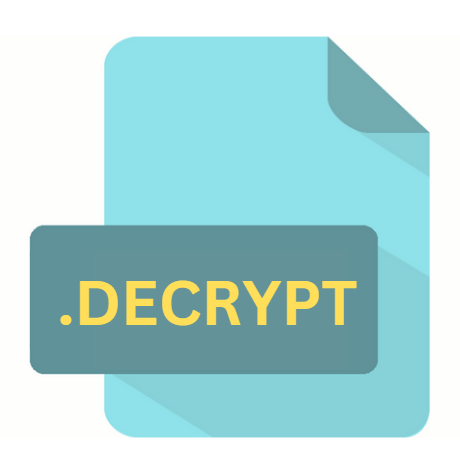.DECRYPT File Extension

Decrypted Microsoft ESD File
| Developer | Microsoft |
| Popularity | |
| Category | Misc Files |
| Format | .DECRYPT |
| Cross Platform | Update Soon |
What is an DECRYPT file?
The .DECRYPT file extension is associated with decrypted Microsoft Electronic Software Distribution (ESD) files. ESD files are used by Microsoft to distribute operating system installations, updates, and other software.
The .DECRYPT extension typically indicates that an ESD file has been decrypted from its original encrypted format, often for the purpose of accessing its contents or converting it to another format.
More Information.
Microsoft introduced the Electronic Software Distribution (ESD) format as part of its strategy to streamline the distribution of software updates and operating system installations.
The ESD format is a more efficient and secure way to handle large software packages, offering advantages in compression and protection against unauthorized tampering.
The .DECRYPT file extension emerged as a solution for users who needed to bypass the encryption on ESD files for various reasons, such as:
- Customization: Users or administrators who wish to customize or integrate components of the Windows operating system may need to decrypt the ESD file to access and modify its contents.
- Backup and Recovery: Decrypting ESD files can facilitate the backup or recovery of specific components or system images.
- Conversion: Decrypting an ESD file can be a preliminary step in converting it to other formats, such as ISO, for broader compatibility with different systems or tools.
Origin Of This File.
The .DECRYPT file extension is not a standard or officially recognized file extension by Microsoft. Instead, it is a custom or user-defined extension used primarily in scenarios where an ESD file has been decrypted using third-party tools or scripts.
The need for this file type arises from the encryption methods Microsoft uses to protect the integrity and security of its software distributions. To manage or modify the contents of an ESD file, users often need to decrypt it first.
File Structure Technical Specification.
The structure of a .DECRYPT file mirrors that of its original ESD file, with the primary difference being that it is no longer encrypted. Here’s a closer look at the technical specifics:
- Encryption Removal: The .DECRYPT file is essentially a decrypted version of an ESD file, meaning it retains the original structure but without encryption.
- File Contents: Inside a decrypted ESD file, you will find various components, including the installation files, updates, drivers, and other software elements necessary for the operating system or application.
- Compression: ESD files are often compressed to reduce file size. Even after decryption, the file may remain compressed, requiring additional tools to extract its contents.
How to Convert the File?
To convert a .DECRYPT file, follow these general steps:
- Ensure Proper Decryption: Make sure the file has been fully decrypted. If not, use appropriate decryption tools to complete this step.
- Choose a Conversion Tool: Select a tool or software capable of converting the decrypted ESD file to the desired format. Common choices include conversion utilities and disk image tools.
- Convert to Desired Format: Use the chosen tool to perform the conversion. For instance, if converting to an ISO file, ensure that the conversion process preserves the integrity of the data.
- Verify Output: After conversion, verify that the output file works correctly and contains all necessary components.
Advantages And Disadvantages.
Advantages:
- Access to Contents: Decrypting an ESD file allows users to access and modify its contents, which is essential for tasks like customization and integration.
- Conversion Flexibility: Once decrypted, users can convert the file to other formats, such as ISO, which might be more suitable for specific applications or systems.
- Enhanced Compatibility: Decrypted files can be used with tools and utilities that may not support encrypted ESD files.
Disadvantages:
- Security Risks: Decrypting ESD files can expose sensitive software components to unauthorized access, potentially compromising security.
- Complexity: The process of decrypting and handling ESD files requires specialized knowledge and tools, which might be challenging for inexperienced users.
- Potential Data Loss: Incorrect handling or conversion of decrypted files may lead to data loss or corruption, especially if not done carefully.
How to Open DECRYPT?
Open In Windows
- File Explorer: If the .DECRYPT file is in a common format like ISO after conversion, it can be mounted directly in Windows using File Explorer.
- Third-Party Tools: Use specialized tools such as 7-Zip or WinRAR to extract contents if the file is still in compressed format.
Open In Linux
- Mount Command: For ISO files, use the
mountcommand in the terminal to access the contents. - Archive Managers: Use tools like
unziportarfor handling compressed files.
Open In MAC
- Disk Utility: For .DECRYPT files converted to ISO, you can use Disk Utility to mount and access the file.
- Archive Utilities: Use archive utilities like The Unarchiver to handle compressed files.











